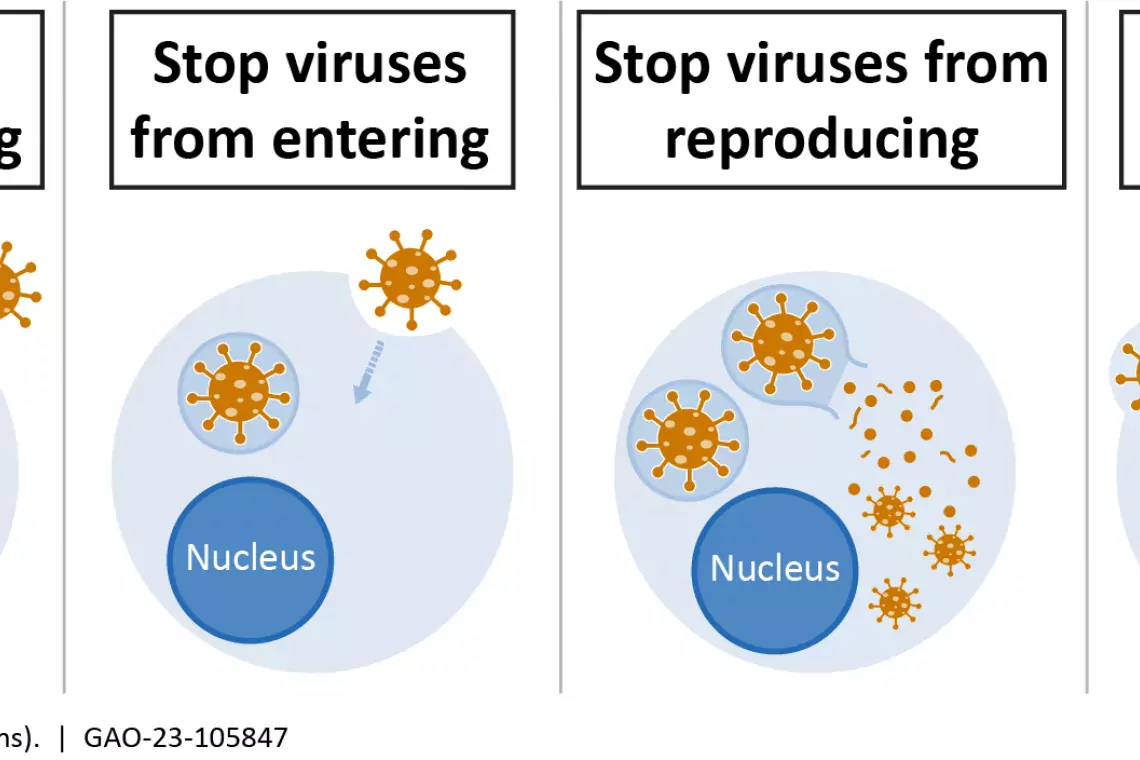A Critical Shortage of Nurses
Nurses are on the frontlines of the COVID-19 pandemic. Along with other health care workers, they face an increased demand for their services—which puts them at greater risk of catching coronavirus.
So, in honor of National Nurses Week (May 6 through May 12), we are taking a look at our work on shortages in the nursing and health care worker communities. We are also reviewing federal efforts to respond to these shortages, including through the CARES Act (Coronavirus Aid, Relief, and Economic Security Act).
Today’s WatchBlog explores.
The nursing workforce
Nurses are the largest component of the health care workforce. They provide much of the care for hospital patients and deliver most of the nation’s long-term care.
However, the U.S. has been facing a critical nursing shortage for years, partly due to increased demands on the health care system as baby boomers age. This is likely to be exacerbated by the growing demand for nurses during the COVID-19 pandemic.
Federal agencies have been working to address this issue. Most federal funding to educate health care providers funds physician residencies through Medicare’s graduate medical education (GME) program. In 2018, GAO reported on Medicaid’s GME funding, and found that 9 and 10 states respectively, allowed the use of GME funding to train nurses and nurse practitioners. GAO recommended improving the data to help ensure that the government’s funds are being used effectively. In addition, in 2019, GAO reported on views regarding expanding the Medicare GME funding to nurse practitioners.
Help from the CARES Act
The CARES Act has provided funding to train and educate nursing students in areas with nursing shortages.
Additionally, the Department of Health and Human Services (HHS) funds the Nursing Education Loan Repayment Program, which helps repay education loans for registered nurses.
To learn more about these issues, as well as how the federal government is responding to COVID-19, check out our website.
- Comments on GAO’s WatchBlog? Contact blog@gao.gov






